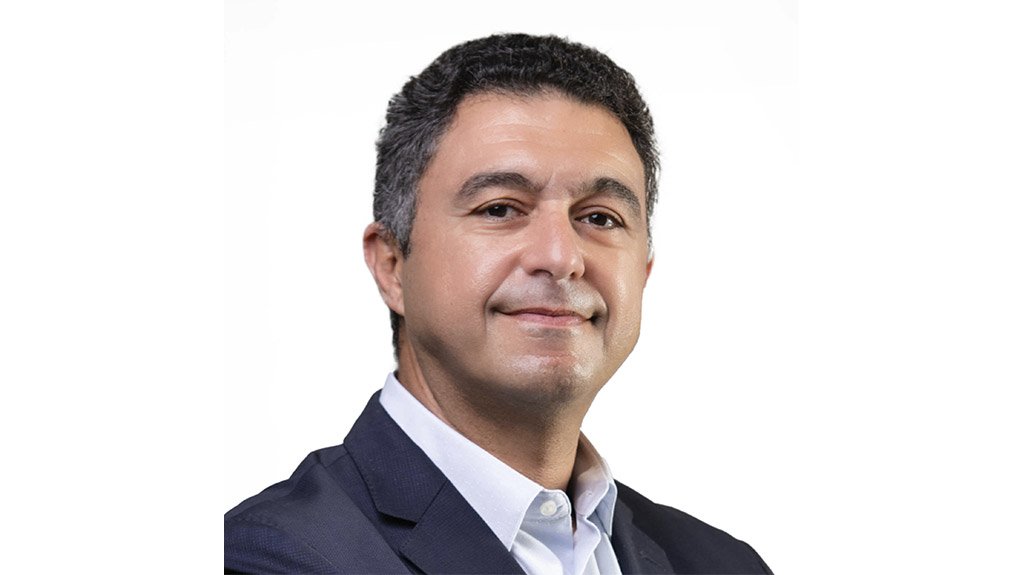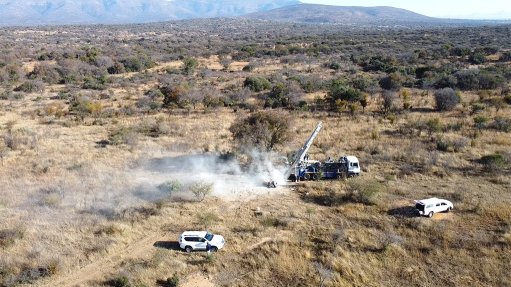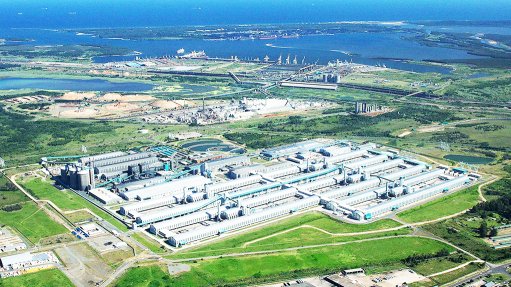The Heat Is Rising — and So Must Our Ambition
This article has been supplied.
By: Walid Sheta - Zone President, Middle East & Africa at Schneider Electric
This summer in Africa is projected to record-high extreme heat once again. In fact, it has been the continent’s hottest decade on record, says the World Meteorological Organization (WMO).
Already, early spring temperatures are soaring across South Africa. On 1 September in Gauteng Johannesburg and Pretoria recorded highs of 32°C and 33°C respectively, with surrounding provinces like Limpopo peaking at 34°C.
In many places, the heat isn’t just uncomfortable - it’s dangerous. And it’s putting serious pressure on infrastructure. Cooling systems are running constantly, and electricity demand is expected to rise steadily across the continent, with annual growth rates projected at around 5% through 2027.
Power grids are stretched thin. In some areas, the strain is already visible. In others, it’s only a matter of time.
This isn’t a one-time event. It’s a clear pattern and we can’t ignore it.
We Need to Build Smarter
Our energy systems weren’t designed for this level of stress. As climate change speeds up, the pressure will only increase. Buildings account for roughly a third of global energy consumption and CO2 emissions, and in this region, cooling is the biggest driver of electricity use. In this situation, energy sustainability is vital, but technology can provide a variety of solutions. The smartest energy strategy starts with cutting waste.
Smart building systems in offices, schools, and homes can adjust cooling, lighting, and ventilation based on real-time needs. This reduces waste, frees up energy for essential services, and makes indoor spaces healthier and more comfortable.
Designing for efficiency from the start is just as important. With millions of square meters of new buildings added each year, advanced design tools can simulate how buildings will perform before construction begins, whether it’s managing heat in Nairobi or optimising energy flow in Cairo. These tools help planners choose better materials and layouts to ensure buildings are efficient, resilient, and low-carbon for decades.
These aren’t futuristic ideas. They’re proven solutions already in use across our region, ready to scale with the right leadership and investment.
Efficiency Starts with Design
In coastal areas across Africa, desalination plants are increasingly operating around the clock to meet rising water demand—adding further strain to already stressed systems. South Africa, for example, has turned to desalination as a critical response to freshwater scarcity, especially in drought-prone regions like the Western Cape. In East Africa, countries like Kenya are exploring small-scale desalination solutions along the Indian Ocean coast to support urban and tourism hubs facing erratic rainfall.
Furthermore, in West Africa, Cape Verde and Senegal have invested in desalination infrastructure to improve water security in coastal cities where population growth and climate pressures are accelerating demand. While desalination offers an all-important lifeline, it remains energy-intensive and costly, with environmental trade-offs that must be carefully managed.
To keep up, we need to rethink how we design and operate infrastructure.
Smart technologies are already helping transform water infrastructure across Africa. In South Africa, utilities are deploying intelligent devices that do more than just run equipment—, they collect and share data.
A single pump can now tell us how much energy it’s using, how well it’s performing, and when it might need maintenance. When scaled to include equipment across a facility, this data helps operators manage energy more efficiently and predict future needs.
By linking energy data with production conditions, such as temperature, salinity, and demand, we can simulate and optimize operations using digital twins. These virtual models allow us to test different scenarios and make better decisions before problems arise.
Field teams also use augmented reality (AR) to manage maintenance, while sustainability managers can track energy use and emissions in real time, from anywhere.
Resilience Is No Longer Optional
Efficiency is vital, but resilience is also critical. We need to decentralise energy production, integrate renewables, and use data to spot issues before they become problems. And when disruptions happen, we must recover quickly.
Microgrids are a great example. They allow communities and facilities to operate independently when the main grid fails. In parts of Africa, they’re already improving access to electricity. Across the region, they offer huge potential, not just as backup, but as a core part of a more flexible, reliable energy system.
A Regional Opportunity
The Middle East and Africa face serious climate challenges but also unique opportunities to leapfrog outdated infrastructure and build smarter, more inclusive systems.
Governments are stepping up. The Africa Renewable Energy Initiative targets 300 GW of renewable capacity by 2030, driving continent-wide action on clean energy. In South Africa, the Climate Change Act mandates nationwide mitigation and adaptation efforts.
Across East Africa, countries like Kenya and Ethiopia are accelerating wind and geothermal investments, Kenya now sources over 40% of its electricity from geothermal alone.
In West Africa, nations such as Senegal and Ghana are expanding solar and wind infrastructure, supported by regional frameworks like ECOWAS’ (Economic Community of West African States) Renewable Energy Policy.
Meanwhile, in the Middle East, the UAE aims for Net Zero by 2050 and plans to cut emissions by 47% by 2035, while Saudi Arabia, Oman, and Bahrain have each set their own long-term climate goals. Together, these commitments cover about 70% of the region’s emissions.
These are bold goals. However, the choices we make today will decide whether our cities buckle under rising temperatures or thrive despite them.
By combining smart technologies, better design, renewable energy, and regional cooperation, we can turn climate pressure into lasting progress.
The heat is rising and so are the stakes.
Article Enquiry
Email Article
Save Article
Feedback
To advertise email advertising@creamermedia.co.za or click here
Press Office
Announcements
What's On
Subscribe to improve your user experience...
Option 1 (equivalent of R125 a month):
Receive a weekly copy of Creamer Media's Engineering News & Mining Weekly magazine
(print copy for those in South Africa and e-magazine for those outside of South Africa)
Receive daily email newsletters
Access to full search results
Access archive of magazine back copies
Access to Projects in Progress
Access to ONE Research Report of your choice in PDF format
Option 2 (equivalent of R375 a month):
All benefits from Option 1
PLUS
Access to Creamer Media's Research Channel Africa for ALL Research Reports, in PDF format, on various industrial and mining sectors
including Electricity; Water; Energy Transition; Hydrogen; Roads, Rail and Ports; Coal; Gold; Platinum; Battery Metals; etc.
Already a subscriber?
Forgotten your password?
Receive weekly copy of Creamer Media's Engineering News & Mining Weekly magazine (print copy for those in South Africa and e-magazine for those outside of South Africa)
➕
Recieve daily email newsletters
➕
Access to full search results
➕
Access archive of magazine back copies
➕
Access to Projects in Progress
➕
Access to ONE Research Report of your choice in PDF format
RESEARCH CHANNEL AFRICA
R4500 (equivalent of R375 a month)
SUBSCRIBEAll benefits from Option 1
➕
Access to Creamer Media's Research Channel Africa for ALL Research Reports on various industrial and mining sectors, in PDF format, including on:
Electricity
➕
Water
➕
Energy Transition
➕
Hydrogen
➕
Roads, Rail and Ports
➕
Coal
➕
Gold
➕
Platinum
➕
Battery Metals
➕
etc.
Receive all benefits from Option 1 or Option 2 delivered to numerous people at your company
➕
Multiple User names and Passwords for simultaneous log-ins
➕
Intranet integration access to all in your organisation





















